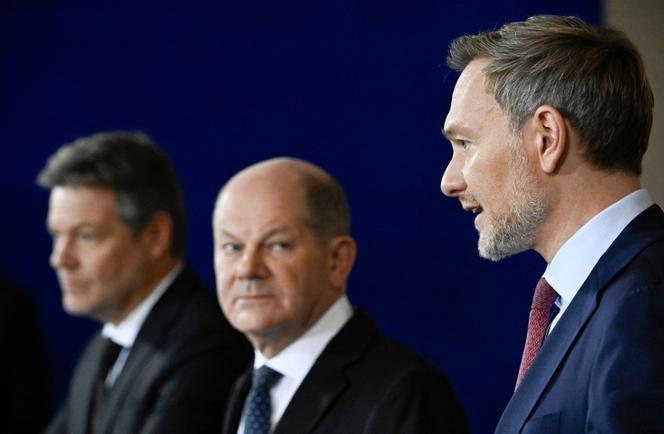
It seems to be a foregone conclusion: Economically, Europe is falling behind the US. In 2000, the eurozone’s gross domestic product per capita was equivalent to 78% that of the US (in purchasing power parity), according to the Organisation for Economic Co-operation and Development (OECD). In 2019, after the lost decade of the monetary union crisis, it was 72%. In 2022, after the Covid-19 pandemic and the start of the war in Ukraine, it was 70.5%.
Among the thousand and one reasons cited to explain this growing gap, one is gaining popularity in Europe. The head of Norway’s huge sovereign wealth fund, Nicolai Tangen, summed it up in late April in the Financial Times: “Americans just work harder.” According to him, Europe has la dolce vita and vacations, while the US has growth and a taste for hard work.
At first glance, OECD statistics seem to support this observation: Americans work an average of 1,811 hours a year, compared with 1,528 hours for Eurozone countries. Admittedly, this data is not perfectly comparable for methodological reasons, but the gap is wide enough to give an order of magnitude. And this difference is due not so much to the weekly work schedule (37.9 hours in North America, versus 37.2 hours in Europe, according to the International Labour Office) as to vacations, which are far more numerous in Europe.
Worried by the disappointing performance of their economies, several European governments have decided to increase the amount of work per citizen. In Germany, the “sick man” of the moment, the ruling coalition is preparing a stimulus package for June, which will include tax-free overtime to encourage companies to work longer hours. Greece recently extended the maximum working day. Other governments are considering increasing the number of people working, rather than the number of hours per person. France, for example, has raised the retirement age to 64 and is preparing to tighten access to unemployment benefits. In a more incentive-based version, the UK is about to introduce more subsidized daycare hours, to help parents – mainly women – go back to work.
The idea is that working more will halt Europe’s economic decline. But is this the right diagnosis? Sébastien Bock, an economist at the French Observatory of Economic Conditions (OFCE), is the co-author of a recent report on these issues. His main conclusion has nothing to do with working hours: Europe has fallen behind due to its lack of investment in new technologies. “Hourly productivity gains grew in the US by 1.5% per year on average between 2000 and 2019, compared with 0.8% per year in Europe,” he said. The lack of research and development and the low number of patents filed in Europe are economic warning signs, he believes. “Given the technological innovations that are taking place, particularly with artificial intelligence, if we don’t have the necessary investment, we risk missing out on this next wave.” As for working hours, while the difference is real, it’s not new: “It’s not this that has contributed to increasing the growth gap” between the US and Europe over the last two decades. In fact, between 2000 and 2019, the total number of hours worked fell slightly in the US (because participation in the labor market fell slightly), while it rose in Europe (thanks in particular to falling unemployment).
You have 70.59% of this article left to read. The rest is for subscribers only.